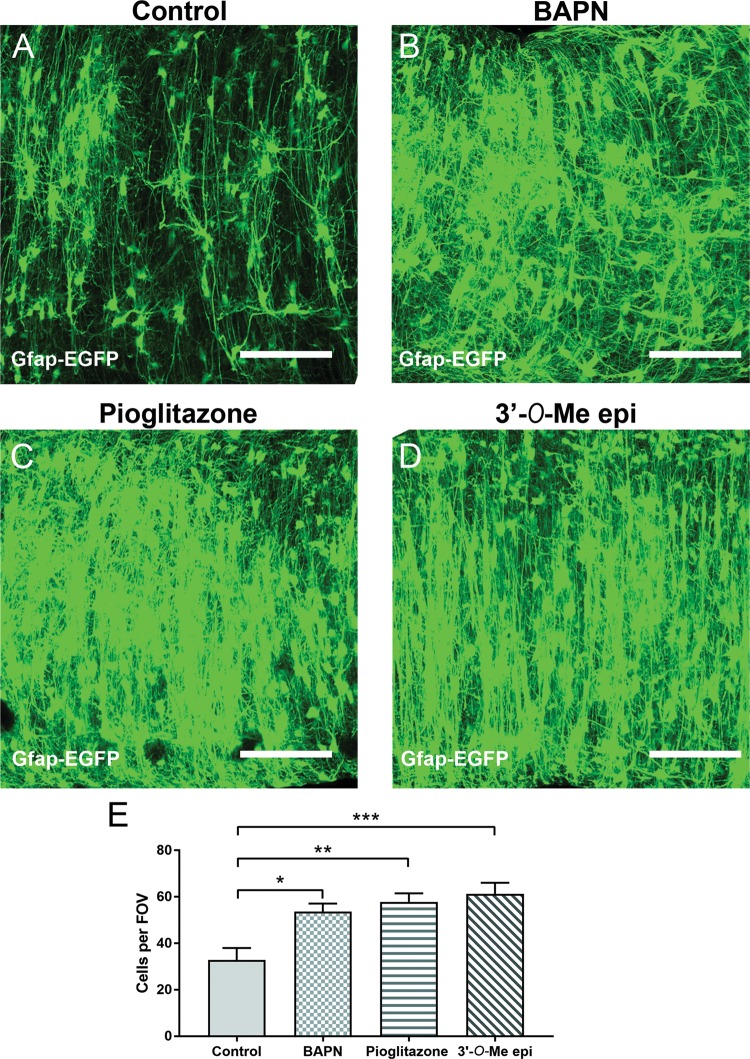Fig. 4. Drugs identified by SPIED/CMAP analysis mimic the effects of lithium on astrocytes.
Inhibition of LOX was identified as the top most lithium-responsive gene (Supplementary Table 1) and SPIED/CMAP analysis of lithium-responsive astroglial genes associated with BD identified PPAR-γ agonists and flavonoids as small bioactive molecules with a high degree of correlation with Lithium. To validate these findings, the effects of the LOX inhibitor BAPN, the PPAR-γ agonist Pioglitazone and 3′-O-MethylEpicatechin were tested ex vivo in organotypic cultures of optic nerves from 5- to 6-week-old GFAP-EGFP transgenic mice to identify astrocytes. a–d Confocal images of whole mounts of optic nerves maintained in culture for 3 days in control medium (a), or medium containing BAPN (b), Pioglitazone (c) or 3′-O-MethylEpicatechin (d) illustrate all three agents induced a profound increase in astrocytes with highly polarised morphologies; scale bars = 100 μm in all panels. e Graph of cell counts taken from a constant field of view (FOV, 200 µm × 200 µm); data are mean ± SEM (n ≥ 6 nerves in each treatment group), **p < 0.01, ***p < 0.001, one-way ANOVA followed by Bonferroni post hoc test)

